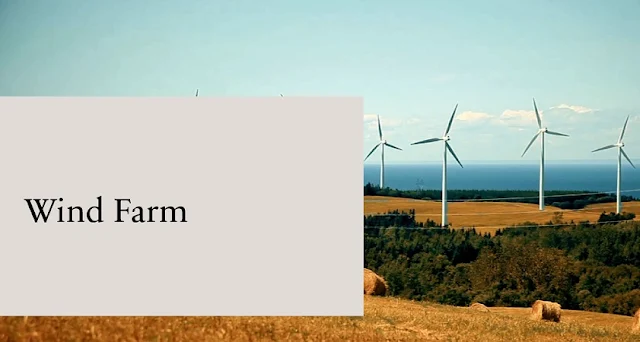Which statements describe the importance of the nitrogen cycle to living things?
Select two options.
A) it provides a source of water.
B) it helps cells make proteins.
C) it provides a form of usable nitrogen.
D) it removes carbon dioxide from the atmosphere.
E) it destroys harmful bacteria.
F) it helps cells make glucose.
The two statements that describe the importance of the nitrogen cycle to living things are:
B) It helps cells make proteins.
C) It provides a form of usable nitrogen.
Reasoning
B) It helps cells make proteins:
Nitrogen is a vital component of proteins, which are essential macromolecules involved in various biological processes. Proteins play a critical role in the structure, function, and regulation of cells, tissues, and organs.
The nitrogen cycle ensures that nitrogen is converted into different forms, such as ammonia, nitrite, and nitrate, which can be assimilated by plants and ultimately consumed by animals.
Through this process, nitrogen becomes available for the synthesis of amino acids, the building blocks of proteins.
C) It provides a form of usable nitrogen:
Nitrogen gas (N2) is abundant in the Earth's atmosphere but is not directly usable by most organisms. The nitrogen cycle converts atmospheric nitrogen into biologically usable forms. Nitrogen-fixing bacteria, such as those found in the roots of leguminous plants or in the soil, convert nitrogen gas into ammonia through nitrogen fixation.
Ammonia is further converted into nitrite and nitrate by nitrifying bacteria. These nitrite and nitrate ions are then taken up by plants and used to synthesize proteins and other essential nitrogen-containing compounds.
Ultimately, these usable forms of nitrogen are passed through the food chain, allowing organisms to access the nitrogen they need for growth and development.







